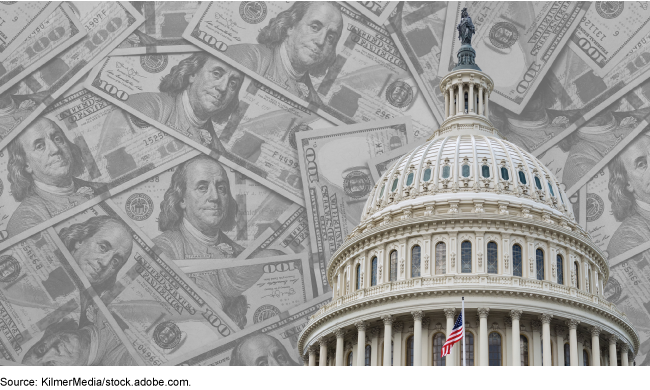Grants Management: Approaches and Insights from Other Countries' Reform Efforts
Fast Facts
Federal aid to tribal, state, local, and territorial governments—primarily through grants—accounted for approximately 18% of spending in FY 2023. Across the government, managing these grants has presented longstanding challenges.
We looked at how 4 other countries reformed their grants management processes to address challenges. For example:
The United Kingdom established a central department to support excellence in grantmaking, and to ensure the government-wide workforce has the training and resources needed
Australia streamlined its grants management by establishing shared service centers that administer grants for other agencies

Highlights
What GAO Found
Similar to the United States, other governments use competitive grants—which require potential grantees to compete for funding through an application process—to help achieve their policy priorities. Selected governments reported that they have undertaken government-wide reforms to help address challenges to grants management. For example:
- Central department for grants policy: In 2018, the United Kingdom established a central department of grants specialists who help identify and address the needs of the government grants workforce. The department leads and supports excellence in grantmaking government-wide, through policy, training, resources, and innovation. Officials from multiple grantmaking agencies said the department, which now has over 50 staff, has raised the professionalism of grantmaking and ensured the grants workforce government-wide has access to resources and training.
- Grants shared service center: In 2016, Australia established two grants shared service centers that administer grants on behalf of grantmaking agencies, which has streamlined grants management. The centers handle grants tasks—such as screening applications and processing payments—while the grantmaking agencies make policy and program decisions related to the grant programs—such as selecting grantees and providing them with technical support. Officials from multiple grantmaking agencies said the process is more efficient than administering grants themselves.
Officials from the selected governments shared insights on factors that helped facilitate or hinder their implementation of grants management reforms. Based on these insights, GAO identified seven practices that may help facilitate grants management reforms (see figure).

Why GAO Did This Study
In fiscal year 2023, federal aid to tribal, state, local, and territorial governments—primarily through grants—was $1.1 trillion. This amount represented about 18 percent of total federal spending for that fiscal year. GAO has previously reported on long-standing challenges to grants management.
GAO was asked to review grants management reforms undertaken by other governments. This report (1) describes grants management reforms that selected governments implemented to address challenges and (2) identifies practices that helped facilitate selected governments' grants management reforms.
To address these objectives, GAO judgmentally selected four governments—those of Australia, Canada, and the United Kingdom, as well as the European Union—based on economic factors and evidence of competitive grantmaking and grants management reforms. For example, all four governments—similar to the United States—are members of the Organisation for Economic Cooperation and Development and have implemented government-wide grants management reforms within the last 20 years.
GAO interviewed central government, grantmaking agency, and other relevant organization officials from all four governments. GAO thematically summarized the interviews to identify common or novel reform efforts and practices to facilitate the reforms. GAO also reviewed relevant documentation from the selected governments, but did not conduct an independent legal analysis of foreign laws.
For more information, contact Jeff Arkin at (202) 512-6806 or arkinj@gao.gov.
